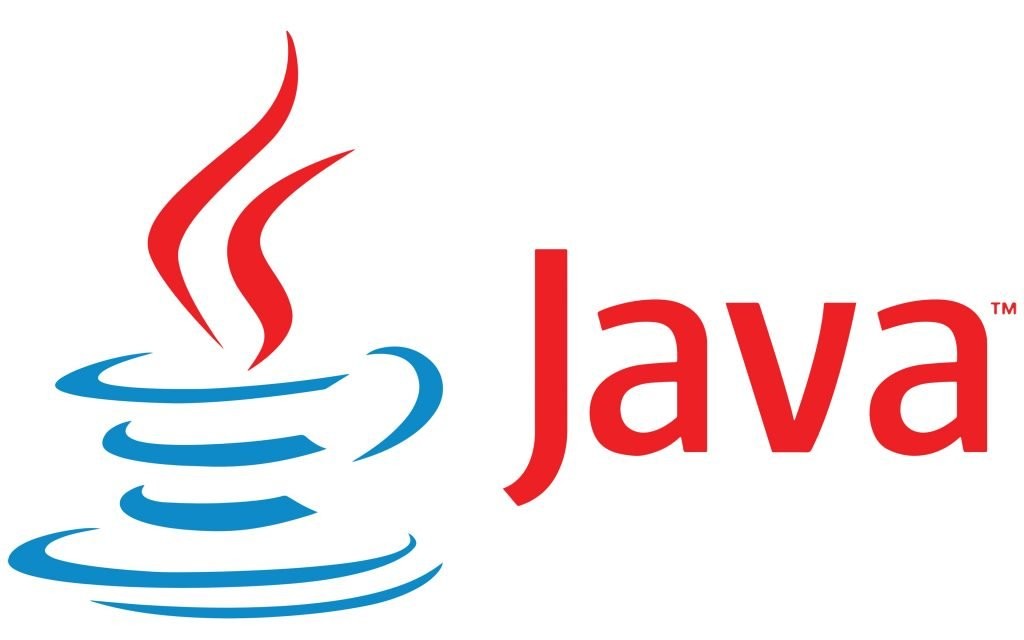Last Updated on August 4, 2024
Java concurrent collections are designed to handle concurrent access safely and efficiently, eliminating the need for explicit synchronization in many cases.
Traditional collections like ArrayList, HashMap, and HashSet are not thread-safe. Using them in concurrent environments without proper synchronization can lead to unpredictable behavior.
What is Concurrency?
Concurrency in Java refers to the ability of a system to execute multiple threads simultaneously. When multiple threads interact with shared data structures, challenges like race conditions and data corruption can arise. To address these issues, Java provides a set of concurrent collections in the java.util.concurrent package.
Key concepts in Java concurrency include thread management, synchronization, and concurrent data structures. Challenges like race conditions, deadlocks, and livelocks must be carefully addressed to ensure correct and efficient concurrent programming.
How Java Concurrent Collections Work?
Concurrent collections employ various techniques to ensure thread safety without compromising performance.
Optimistic concurrency
is a strategy for managing concurrent access to shared data. It assumes that conflicts between transactions are rare and avoids locking resources upfront. Instead, it allows multiple transactions to read and modify data simultaneously.
When a transaction is ready to commit, it checks for conflicts. If no conflicts are detected, the transaction proceeds. If conflicts are found, the transaction is typically rolled back and retried. This approach is often preferred for applications with high read-to-write ratios, as it minimizes locking overhead and improves performance.
Optimistic concurrency is commonly implemented using version numbers or timestamps associated with data records. When a transaction reads a record, it captures the current version. Before committing changes, the transaction verifies if the version has changed. If it has, a conflict is detected and the transaction is handled accordingly.
Fine-grained locking
is a concurrency control technique where locks are acquired on smaller portions of a shared data structure rather than locking the entire structure. This approach allows multiple threads to access different parts of the data concurrently, improving performance and scalability.
ConcurrentHashMap: This class uses fine-grained locking by dividing the hash table into segments, allowing multiple threads to access different segments concurrently
Implementing fine-grained locking for custom data structures requires careful design and analysis to identify appropriate locking granularity.
Copy-on-write (COW)
is an optimization technique used in computer science to efficiently implement duplication of data. In the context of Java, it’s primarily used in concurrent collections like CopyOnWriteArrayList and CopyOnWriteArraySet
The core idea behind COW is that when a collection is modified, a new copy of the underlying data structure is created, while the original remains unchanged. This ensures that read operations can proceed concurrently without any synchronization overhead, as they are always operating on an immutable snapshot of the data. Write operations, however, involve creating a new copy and updating the data within the new copy.
Java ConcurrentHashMap
ConcurrentHashMap is a thread-safe implementation of the Map interface in Java. Designed to handle concurrent access efficiently, it offers a significant performance advantage over the synchronized HashMap.
Provides eventual consistency, meaning that changes made by one thread might not be immediately visible to other threads.
The iterators returned by ConcurrentHashMap are weakly consistent, meaning they reflect the state of the map at the time of creation and might not reflect subsequent modifications.
Uses optimistic concurrency techniques, assuming that conflicts are rare and avoiding unnecessary locking. This reduces contention and improves concurrency.
Instead of locking the entire map for each operation, it divides the map into segments and uses separate locks for each segment. The map is divided into segments, each protected by a separate lock. his allows multiple threads to perform write operations concurrently on different segments of the map.
Ideal for caching frequently accessed data in a multi-threaded environment. Can be used to store session data in a web application. Suitable for applications that require concurrent access to large datasets.
Java ConcurrentLinkedQueue
It’s designed for high-performance concurrent access, allowing multiple threads to add or remove elements without explicit synchronization. Unlike traditional queues, ConcurrentLinkedQueue is unbounded, meaning it doesn’t have a predefined capacity.
The underlying implementation uses atomic operations, particularly Compare-and-Swap (CAS), and careful algorithm design to ensure thread safety without resorting to traditional locking mechanisms. This non-blocking approach makes it highly efficient for concurrent access, especially in scenarios where many threads are adding or removing elements.
Java exhibits weak consistency meaning iterators returned by the queue reflect the state of the queue at some point in time after the iterator was created Changes made to the queue after the iterator is created might not be reflected in the iterator.
A classic use case where one or more threads produce elements and other threads consume them. For managing tasks that can be processed independently.
In simple messaging systems where order preservation is important and loss tolerance is acceptable.
Java CopyOnWriteArrayList
CopyOnWriteArrayList is a thread-safe variant of ArrayList in Java. It employs a copy-on-write strategy to ensure concurrent access without requiring explicit synchronization.
It provides a snapshot consistency model. This means that iterators operate on a consistent snapshot of the list at the time of creation, even if the list is modified concurrently.
Read operations are highly efficient as they don’t require any locking or synchronization. Any modification (add, set, remove) creates a new copy of the underlying array. The original array remains unchanged for read operations.
CopyOnWriteArrayList is a good choice when you need thread-safe concurrent access to a list, and read operations significantly outnumber write operations. Suitable for applications where consistency is more important than immediate visibility of changes.
Java BlockingQueue
BlockingQueue implementations use internal locking mechanisms to ensure thread safety. The exact concurrency control mechanisms vary depending on the specific implementation(ArrayBlockingQueue, DelayQueue, LinkedBlockingDeque, LinkedBlockingQueue, LinkedTransferQueue, PriorityBlockingQueue, SynchronousQueue). While they strive for high performance, they might not guarantee the same level of consistency as some other concurrent collections.
BlockingQueue is a versatile tool for implementing producer-consumer patterns, task queues, and other concurrent scenarios in Java. By understanding its characteristics and available implementations, you can effectively use it to build robust and efficient concurrent applications.
Synchronized Wrappers
Java synchronization wrappers are utility methods provided by the java.util.Collections class to automatically synchronize access to non-thread-safe collections.
These wrappers provide a convenient way to make existing collections thread-safe.
Each wrapper method takes a collection as input and returns a synchronized version of it. All subsequent modifications to the returned collection are synchronized using a single lock, ensuring thread safety.
Example:
List<String> list = Collections.synchronizedList(new ArrayList<>());This code creates a synchronized list backed by an ArrayList. All operations on the returned List will be synchronized, preventing concurrent modification issues.
Synchronization wrappers are suitable for simple scenarios where thread safety is required but performance is not a critical factor.
Synchronization wrappers in Java employ a coarse-grained locking mechanism. This means that a single lock is acquired for the entire collection when any operation is performed (read or write). They can introduce performance overhead due to the single lock protecting the entire collection
Conclusion
Java concurrent collections provide robust, thread-safe implementations of common data structures, addressing the challenges of multi-threaded programming.
These collections, found in the java.util.concurrent package, offer improved performance and scalability compared to their synchronized counterparts.
Key classes like ConcurrentHashMap, CopyOnWriteArrayList, and ConcurrentLinkedQueue employ sophisticated locking mechanisms and algorithms to ensure thread safety while minimizing contention. They achieve this through techniques such as lock striping, copy-on-write semantics, and non-blocking algorithms.
These collections are designed to handle concurrent access efficiently, making them ideal for high-throughput, multi-threaded applications. They provide atomic operations, consistent iterators, and fail-safe behavior, reducing the likelihood of race conditions and other concurrency-related issues.
While concurrent collections offer significant advantages, developers must understand their specific characteristics and trade-offs. For instance, some collections may sacrifice consistency for performance in certain scenarios. Proper usage requires careful consideration of the application’s requirements and concurrency patterns.
As multi-core processors become increasingly common, the importance of concurrent collections in Java continues to grow. They enable developers to create scalable, high-performance applications that effectively utilize modern hardware, making them an essential tool in the Java developer’s toolkit.

